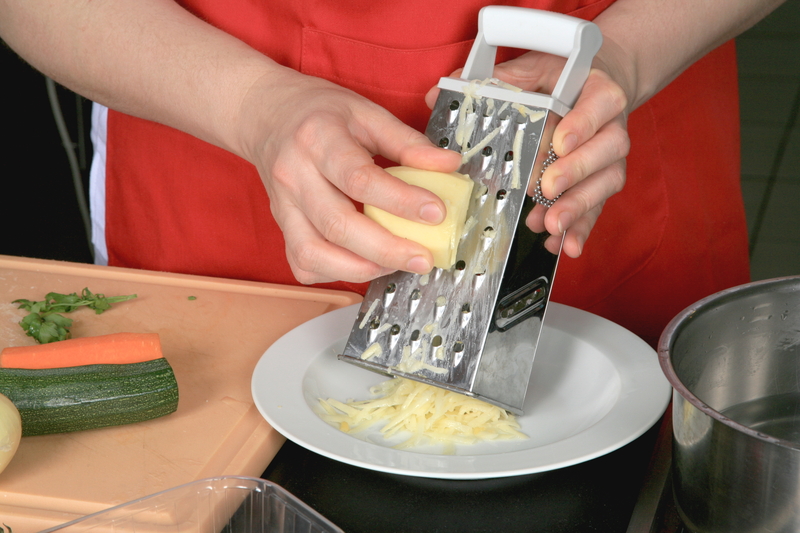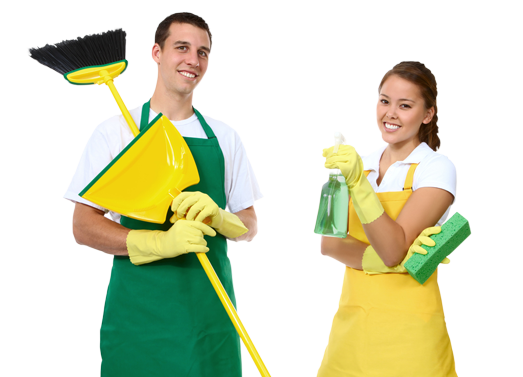Enhance Velvet Curtain Longevity with Proper Washing Techniques
Posted on 09/09/2025
Enhance Velvet Curtain Longevity with Proper Washing Techniques
Velvet curtains add luxury, warmth, and sophistication to interiors. However, their opulent texture demands a careful approach to maintenance. Cleaning velvet drapery incorrectly can lead to fading, matting, and even permanent damage. That's why understanding the proper washing techniques for velvet curtains is essential for preserving their elegance and enhancing their lifespan.

Why Velvet Curtain Care Matters
Velvet fabric, prized for its rich, smooth pile and deep color, is more delicate than many other materials. Its unique weave can easily trap dust, pet hair, and allergens. Over time, accumulated residue dulls the curtain's sheen and shortens its useful life. Implementing correct velvet curtain washing methods will:
- Protect the pile from crushing and matting
- Preserve vibrant colors for longer
- Prevent shrinkage, warping, or stitching damage
- Remove dust, allergens, and stains effectively
- Maintain a fresh, luxurious appearance
Let's dive into the expert-recommended steps and tips to help your velvet drapes last longer, look better, and stay cleaner with minimal risk.
Identify Your Velvet: A Crucial First Step
Before deciding how to wash your velvet curtains, you must determine the type of velvet. Not all velvet is created equal, and fabric composition significantly influences proper care techniques.
Common Types of Velvet Curtain Fabrics
- Cotton Velvet: Soft, natural, often heavier; moderately durable but may shrink or lose shape if improperly cleaned.
- Synthetic Velvet (e.g., polyester, rayon): Resilient and more tolerant to water, but still delicate.
- Silk Velvet: Luxurious, extremely delicate, never suited to machine or hand washing -- dry clean only.
- Crushed or Embossed Velvet: Special surface treatment requires extra care to maintain its pattern.
Always consult your curtain manufacturer's care label or recommendations before proceeding. When in doubt, opt for professional cleaning services.
How Often Should Velvet Curtains Be Washed?
Routine maintenance is just as vital as periodic deep-cleaning. Over-washing can damage velvet, but infrequent cleaning allows grime to accumulate. Follow these guidelines:
- Light Dusting: Weekly with a soft-bristle brush or a vacuum cleaner's upholstery attachment.
- Spot Cleaning: Immediately after spills using gentle blotting techniques.
- Full Wash: Every 6-12 months or as needed, depending on curtain location (e.g., near kitchens, fireplaces, or in high-traffic areas).
Best Washing Techniques for Velvet Curtains
General Velvet Curtain Cleaning Steps
- Always test a hidden corner for colorfastness before washing the entire panel.
- Check for stains or spots and treat them gently before full washing.
- Follow the most conservative care method: If in doubt, opt for dry cleaning.
Hand Washing Velvet Curtains
Hand washing is generally safer for cotton and synthetic velvet but should still be performed with utmost care. Here's a recommended process:
- Fill a tub with cold or lukewarm water; never use hot water as it can cause pile distortion or color bleeding.
- Add a mild liquid detergent designed for delicates. Avoid harsh chemicals or bleach.
- Gently agitate the curtain panel in the water--do not wring, twist, or scrub.
- Rinse thoroughly in cool, clean water until all detergent is removed.
- Squeeze out excess water by pressing the curtain between clean, absorbent towels.
This method helps maintain the pile's structure and prevent damage.
Can You Machine Wash Velvet Curtains?
Check the care label first! Many synthetic velvets and some cotton blends can be machine-washed, but caution is necessary:
- Use the gentle or delicate cycle with cold water.
- Place velvet curtains in a mesh laundry bag for added protection.
- Use a small amount of gentle detergent.
- Never overload the washer. Wash curtain panels one at a time if necessary.
Silk velvets and heavily embellished or lined curtains must not be washed in a machine.
Spot Cleaning Velvet Curtains
If a stain happens, immediate action is best:
- Blot (never rub) spills with a clean, dry cloth to absorb as much as possible.
- Use a damp cloth with a mild detergent solution for most stains. Gently pat and let air dry.
- Test cleaning products on an inconspicuous area first to prevent color loss or damage.
Dry Cleaning: When to Call Professionals
Some velvet drapes must always be dry cleaned:
- Silk velvet or mixed-fiber velvet
- Curtains with heavy embellishments, linings, or intricate pleating
- High-end or antique velvet drapes
Professional cleaners understand velvet's fragility. They use specialized solvents and processes that preserve the fabric without water exposure.
Velvet Curtain Drying Techniques
Proper drying is just as important as washing. Never use a tumble drier for velvet curtains, as excessive heat and tumbling can flatten the pile and cause shrinkage.
Recommended Drying Methods
- Lay flat on a clean towel or drying rack.
- If hanging to dry, use a wide-bar or padded hanger to avoid creasing or stretching.
- Ensure the curtain is in a well-ventilated area, out of direct sunlight, to preserve color vibrancy.
- Reposition or refold periodically to ensure even drying.
Never wring or twist wet velvet.
Restoring the Velvet Pile Post-Wash
Velvet's beauty lies in its plush, even pile. After cleaning, the pile may appear crushed. Restore the distinctive nap of velvet by:
- Steaming: Using a handheld steamer, gently pass the steam over the fabric (do not press the nozzle onto the fabric). This raises flattened fibers.
- Brushing: Once completely dry, use a soft-bristle clothes brush to gently lift the pile in the direction of the nap.
- For tough crushing, place a clean, damp towel over the area and steam lightly over the top.
Extra Tips to Prolong Velvet Curtain Life
- Keep curtains away from direct sunlight: Prolonged exposure fades color and weakens fibers.
- Use curtain liners: Liners shield velvet from dust, dirt, and sunlight, acting as a protective barrier.
- Minimize handling: Frequent pulling or touching can mark or crush velvet.
- Avoid pins and clips: These can leave permanent indentations or holes.
- Regularly rotate curtains: Move panels to different spots to ensure even wear and fading.
Environmental and Health Benefits of Clean Velvet Curtains
Well-maintained velvet window treatments are more than just beautiful - they promote a healthier home. Dust and allergens trapped in heavy drapes can exacerbate allergies and reduce indoor air quality. Regular cleaning removes:
- Dust mites
- Pet dander
- Pollen
- Smoke particles
An improved cleaning schedule also means your velvet drapes will retain their luster for years, contributing to a stylish, comfortable living space.

Frequently Asked Questions about Washing Velvet Curtains
Q: Can I use a regular vacuum on velvet curtains?
A: Use a vacuum with a soft brush attachment only. Avoid harsh bristles or high suction that can damage the pile.
Q: What if my velvet curtains get wrinkled after washing?
A: Minor wrinkles will often relax as the curtain hangs. For stubborn wrinkles, use a garment steamer, holding it at least one inch from the surface.
Q: Is it safe to iron velvet?
A: Never iron directly. If absolutely necessary, iron on the reverse at the lowest heat setting, using a pressing cloth between the iron and the fabric.
Q: How do I know if velvet drapes are colorfast?
A: Test a hidden hem by dabbing with a damp white cloth. If color transfers, avoid water-based cleaning.
Conclusion: Enhance Velvet Curtain Longevity with Proper Washing
With the right velvet curtain cleaning techniques, you can enjoy your elegant window treatments for many years. Remember to:
- Identify the velvet type before washing
- Spot clean rapidly to prevent stains from setting
- Use gentle hand or machine washing only when appropriate
- Never wring or tumble dry; air and flat drying are best
- Restore the fabric's rich nap after each cleaning
- Consult professionals for delicate or high-value velvet curtains
Regular, appropriate cleaning not only restores and maintains the beautiful appearance of your velvet drapes but also extends their life and supports a cleaner indoor environment. By adopting the techniques detailed in this guide, you'll ensure that your luxurious velvet curtains remain an enduring centerpiece in your home's decor.




